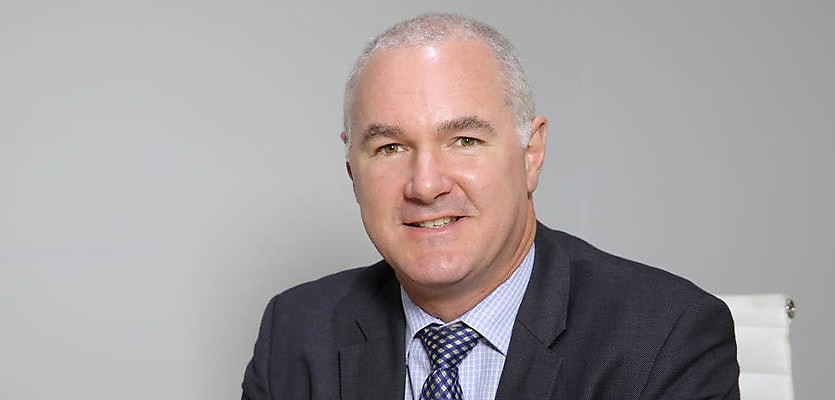CoreLogic’s rent report for October, released as part of its Home Value Index (HVI) for the month, found that rents continued to grow as vacancy rates went in the opposite direction.
A 1.1 per cent rise in unit rent increase and a 0.5 per cent rise in house rents has inspired national rents to jump 0.6 per cent in the 10th month of the year. The research body found the upwards trend in unit rents occurred throughout a majority of capital city and rest-of-state markets.
Melbourne and Sydney housed the highest annual increase in unit rents, up 13.7 per cent and 13.4 per cent, respectively; meanwhile, on the house front, Brisbane led the charge with a 13.6 per cent increase in rents over the last 12 months, followed by the 13.1 per cent growth in Adelaide.
There will be a continued uptake of medium-to-high density styles of accommodation as tenants search for more affordable options, such as units, and international migration picks up.
CoreLogic found that the rate of rent growth slowed during October as the rolling quarterly rate of growth slowed from 3 per cent in the three months ending May 2022 to 2.1 per cent across the most recent quarter.
Tim Lawless, CoreLogic research director, explained that a “gradual slowdown in rental growth in the face of low vacancy rates could be an early sign that renters are reaching an affordability ceiling”.
According to the research body’s Rental Review for the third quarter of 2022, national vacancy rates fell from 1.3 per cent to 1.1 per cent in the three months leading to September.
“Since the onset of COVID, capital city rents have risen 17.7 per cent and regional rents are up 25.5 per cent,” Mr Lawless added.
“Although rents are likely to continue to rise, it’s likely renters will be progressively seeking rental options across the medium-to-high density sector, where renting is cheaper, or maximising the number of people in the tenancy in an effort to spread higher rental costs across a larger household.”
In line with rent increases and dwelling values trending lower across much of the country, gross rental yields have increased at a rapid speed.
Across Australia’s capital cities, gross yields are 47 basis points from the record-low levels registered in February to 2022 to currently sit at 3.43 per cent, the highest level since November 2020.
These rises are largely attributed to a 57-basis point increase in unit yields, compared to the 43-basis point jump seen in housing yields.







You are not authorised to post comments.
Comments will undergo moderation before they get published.